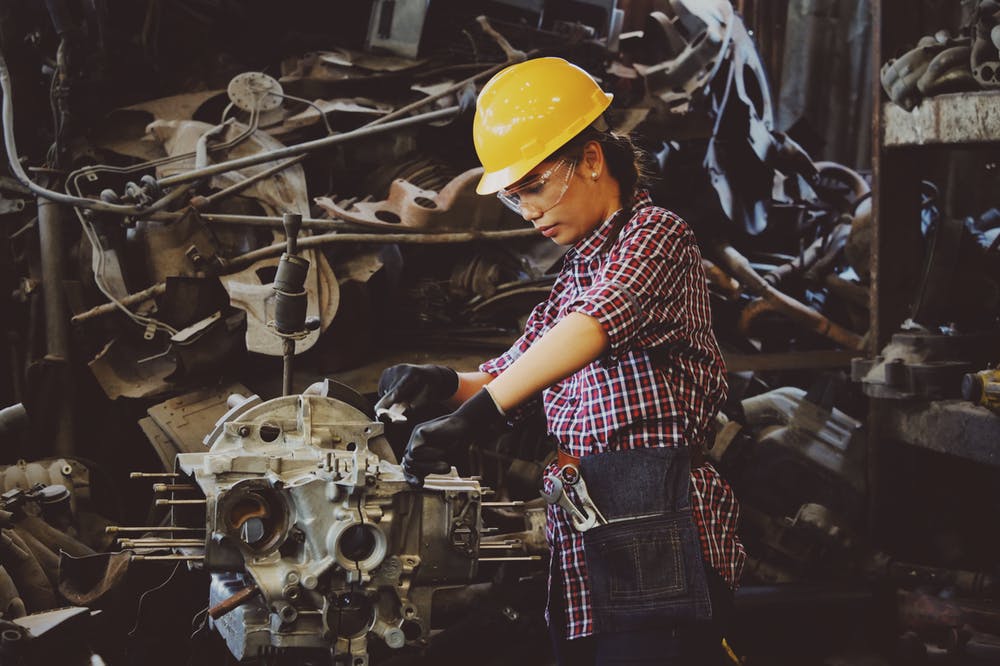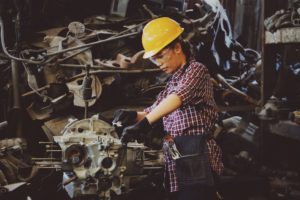Kaizen in Lean Manufacturing
3 minutes, 4 seconds read

Kaizen in Lean Manufacturing explained in a simple way to understand and explain Lean to others, and the key differences from traditional mass production.
What you will learn
- What is Lean Manufacturing
- How Lean differs from mass production
- Why kaizen is central in becoming a Lean organization
- How to explain Lean to executives and frontline employees
Kaizen in Lean Manufacturing:
Ask 10 people the definition of Lean and you’ll get 10 answers. Maybe 11.
They all range from the philosophical and abstract (“developing people to make things better”), to describing Lean as a collection of tools and methods (“it’s about takt, pull, just-in-time, jidoka, poka-yoke, VSMs, standardized work, gemba walks, and so on”). Some definitions are undifferentiated from traditional Industrial Engineering (“it’s about producing more with less”).
It is important to start with a clear understanding of Lean Manufacturing because it typically determines the implementation approach. If you define it as a philosophy, you won’t get a pragmatic action plan. If you define it as a set of tools, you will be disappointed by the results if the management principles don’t change accordingly. And if you define Lean merely as mass production or as “common sense”, then you guarantee nothing will change.
Most crucially, a good definition of Lean should ideally be actionable by all. Not only by top management, and not only by staff experts but by everyone, everywhere and every day.
When explaining Lean Manufacturing to frontline employees or executives, I suggest two steps: explain what it is (a quick definition) and explain what it is not (differentiation from traditional mass production).
Rever’s definition of Lean Manufacturing:
- Lean Manufacturing is an ideal and the means to reach that ideal.
- The ideal is to produce and deliver to the customer the exact product she wants, in the right amount, at the desired time — nothing more (because it’s waste) and nothing less.
- The means to reach that ideal is the continuous practice of kaizen to develop people, improve processes, and maximize value for the customer.
The Lean ideal typically translates to one piece at a time when possible, as opposed to producing in large batches.
The Lean means focus on eliminating waste, overburden, and variation; instead of the typical approach of using more resources or blindly automating.
Lean Manufacturing vs. Mass Production:
- Mass production aims to minimize unit-costs accounted by the company through “economies of scale” by producing in large batch sizes.
- The problem with large batch sizes is that they reduce flexibility and generate excessive inventories. Besides being expensive, inventories hide many other problems and costs. These costs are absorbed unknowingly by the company and the customer.
- Lean Manufacturing, on the other hand, aims to maximize value for the customer by only producing precisely what the customer wants, just in time, and eliminating all other waste. Lean seeks to produce just-in-time while making it near impossible to make defects.
The centrality of Kaizen in Lean:
It can be tempting to observe Lean organizations and try to copy their visible tools and methods: kanban, andon, Value Stream Maps, 5S, and so on.
However, merely implementing such techniques is useless without understanding their purpose and origin: the daily practice of Kaizen.
Most people underestimate the importance of daily Kaizen — true Continuous Improvement. Those who only focus on the tools invariably struggle and fail.
Real Lean companies strive to build a Kaizen culture; one where improvement is made by everyone, everywhere, every day.
Have questions or feedback for us – let’s chat.
Prev chapter: How Kaizen is Transforming Companies – The Role of KaizenNext chapter: Change Management when Implementing Kaizen

